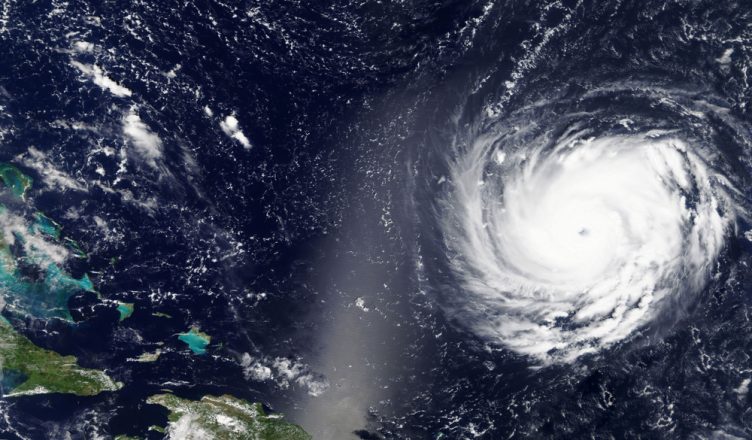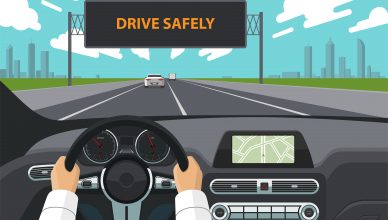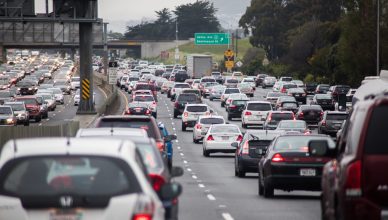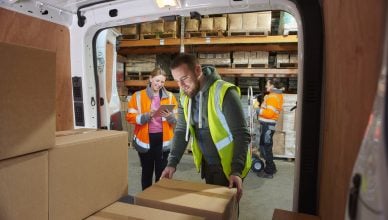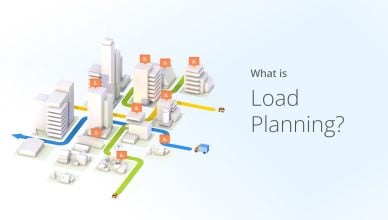Since Hurricane Florence made landfall last Friday, it’s caused billions of dollars in damage and led to at least 25 deaths. Over 700,000 homes and businesses are still without power. Numerous highways, including sections of I-95 and I-40, and many roads remain closed. The coastal city of Wilmington, North Carolina has been completely cut off from the rest of the world.
Even though Florence weakened to a tropical depression on Sunday morning, it’s still drenching North Carolina with heavy rain. Water rescues had to continue through Sunday evening due to Florence’s relentless rainfall.
Florence has set several records for rainfall in North Carolina. Swansboro received the most, with more than 30 inches of rain, and other towns received more than 20 inches.
The rivers are rising, and there’s a high risk of flash floods. In fact, the National Weather Service declared a flash-flood emergency in Mecklenburg County near North Carolina’s biggest city, Charlotte.
According to the National Hurricane Center, Florence may still produce excessive rainfall as it turns from the Carolinas to the Mid-Atlantic and southern New England early this week. Central and western North Carolina and southwestern Virginia may face another 5 to 10 inches of rain. The good news, though, is that the National Weather Service expects Florence to dissipate within 3 days.
But even when this storm ends, you know there’s going to be another one eventually. Is your business protected from the damage that could be caused by a future storm? According to the Atmospheric and Environmental Research Center, 30% of the US GDP is affected by weather conditions.
You can’t control the weather, but you can control how you manage your business. Using the right technology will help you avoid the worst consequences of an incoming storm. For example, the best route planners are always updated with the latest changes in weather, which allows you to pull your field employees off the road before conditions get dangerous.
Want To See For Yourself How Route4Me Can Boost Your Profits?

A route planner will save you a lot of time as well. It can take hours to plan routes manually, but a route planner is able to produce optimized routes for you in less than 30 seconds. The ability to plan quickly is especially helpful in emergencies.
A route planner also comes with a GPS tracking feature that lets you monitor vehicles on the road in real-time. If one of your field employees ever needs assistance, you’ll be able to locate them immediately.
The software even comes with a re-optimization feature that makes it easy to transfer the disabled field employee’s assignments to a field employee who can make the stops in their place.
Finally, route optimization software offers an avoidance zone feature. You can use this tool to plan efficient routes while avoiding predetermined areas, such as a road that’s been flooded.
So, what strategies do you use to protect your business from bad weather? Do you have any questions about this article? Feel free to let us know in the comments section below.
Want To See For Yourself How Route4Me Can Boost Your Profits?

